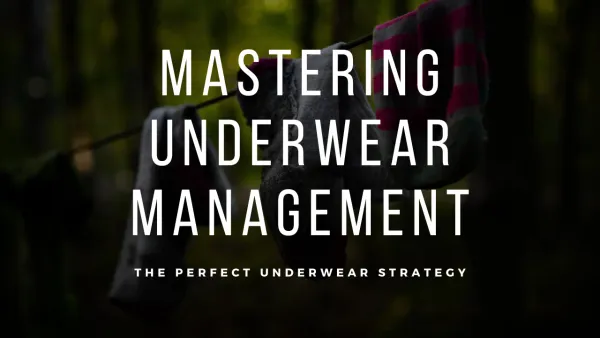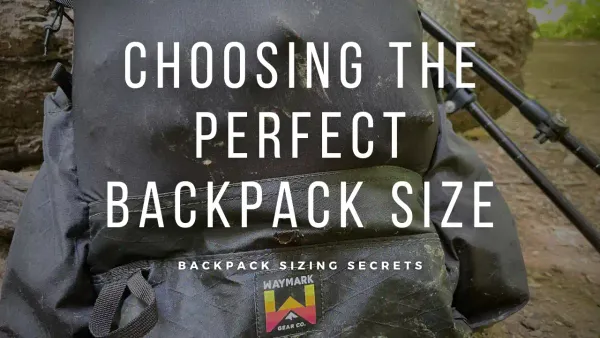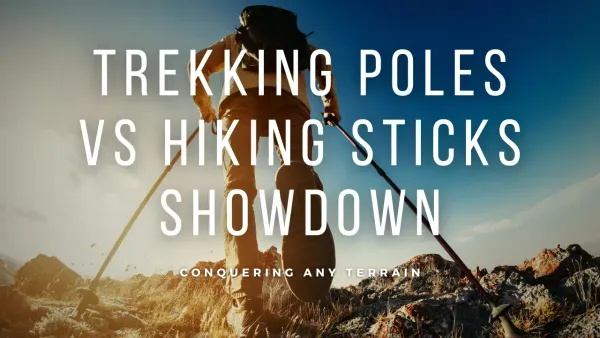Beyond Bear-Proof: Why Thru-Hikers Swear by Bear Bags
Discover the importance of bear bags for thru-hikers. Learn proper techniques, alternatives, and how these simple tools protect both your food and wildlife on long-distance trails.
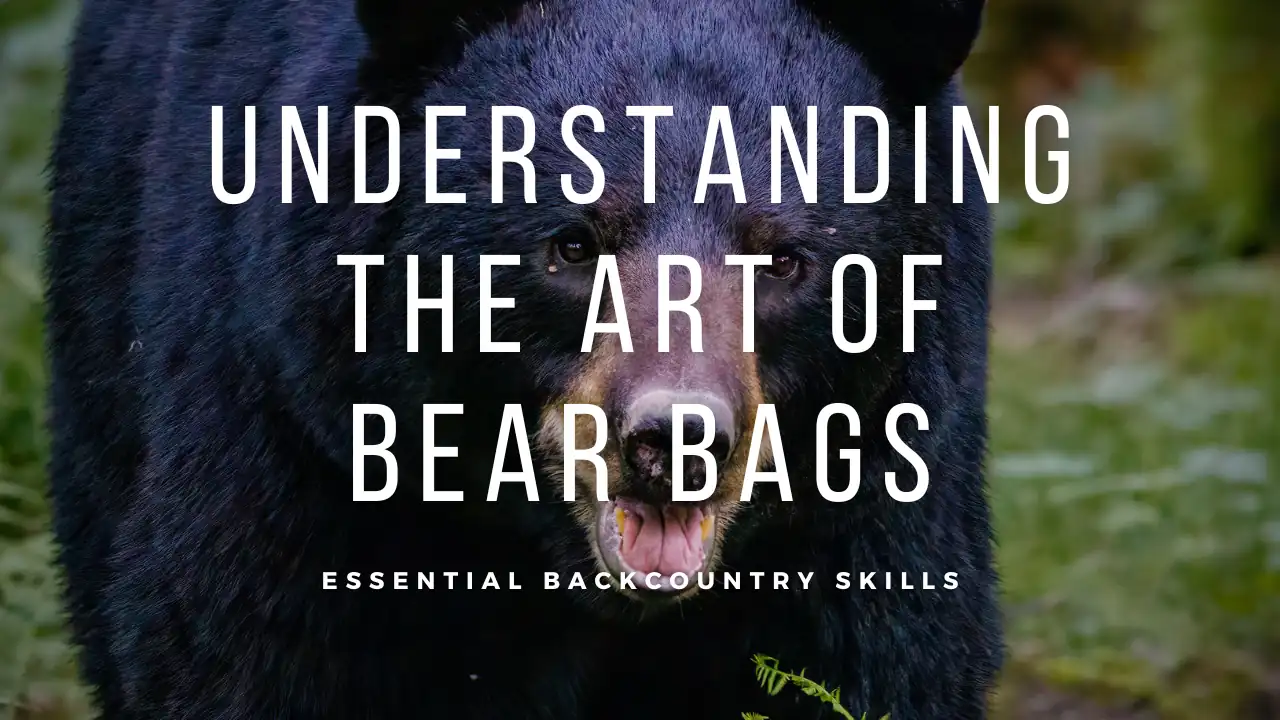
You've probably heard of bear-proof containers, but have you ever wondered about bear bags? These lightweight, portable food storage solutions are essential gear for thru-hikers on long-distance trails. They're not merely about keeping your snacks safe; bear bags play an important role in wildlife conservation and maintaining the delicate balance of ecosystems.
By properly storing food, you're not just protecting your supplies but also preventing potentially dangerous human-bear interactions. But what exactly makes a good bear bag, and how do you use one effectively? There's more to this simple piece of equipment than meets the eye.
Bear Bag Wisdom from the Trail
- A bear bag is a specialized container used to store food and scented items away from wildlife, particularly bears.
- Thru-hikers carry bear bags to comply with trail or park regulations and protect their provisions from animals and weather.
- Bear bags help minimize human-bear interactions, preserving the natural behavior of wildlife and maintaining ecosystem balance.
- Proper use of bear bags contributes to wilderness conservation efforts and shows respect for the natural environment.
- Bear bags come in various types, including waterproof and scent-proof options, to suit different hiking needs and conditions.
Thru-Hiker's Guide to Bear Bag Essentials

Every thru-hiker needs to master the art of bear bag usage. This essential food storage method is your lifeline in bear-populated areas, safeguarding your precious provisions and keeping wildlife at bay. As you commence on your epic journey, you'll come to rely on these durable, waterproof materials to protect your sustenance from the elements and curious critters alike.
As you set up camp each night, hoisting your bear bag high into the canopy, you're not just following rules – you're embracing responsible outdoor practices. The simple act of securing your food away from your campsite becomes a ritual, a reflection of your respect for the wilderness and its inhabitants.
Master this skill, and you'll reveal the key to harmonious coexistence with the untamed world around you.
Protecting Nature's Balance: The Wildlife Impact of Bear Bags
Beyond safeguarding your food, bear bags play an indispensable role in protecting wildlife. As you trek through pristine wilderness, you're not just carrying your supplies; you're shouldering the responsibility of wildlife conservation.
With black bear populations soaring—from 10,000 in the 1980s to a staggering 35,000 today in California alone—effective food storage has never been more imperative.
Your bear bag isn't just a sack; it's a barrier between human-bear interactions and a lifeline for these majestic creatures. By keeping your food secure, you're preserving bears' natural foraging behaviors, essential for their survival in the wild.
Every time you hang that bag high and tight, you're contributing to healthier ecosystems and supporting conservation initiatives.
Your diligence in using bear bags could mean the difference between a bear's life in the wild or its potential relocation—or worse, euthanization. You're not just a hiker; you're a guardian of the wilderness, ensuring that future generations can experience the raw beauty of bears in their natural habitat.
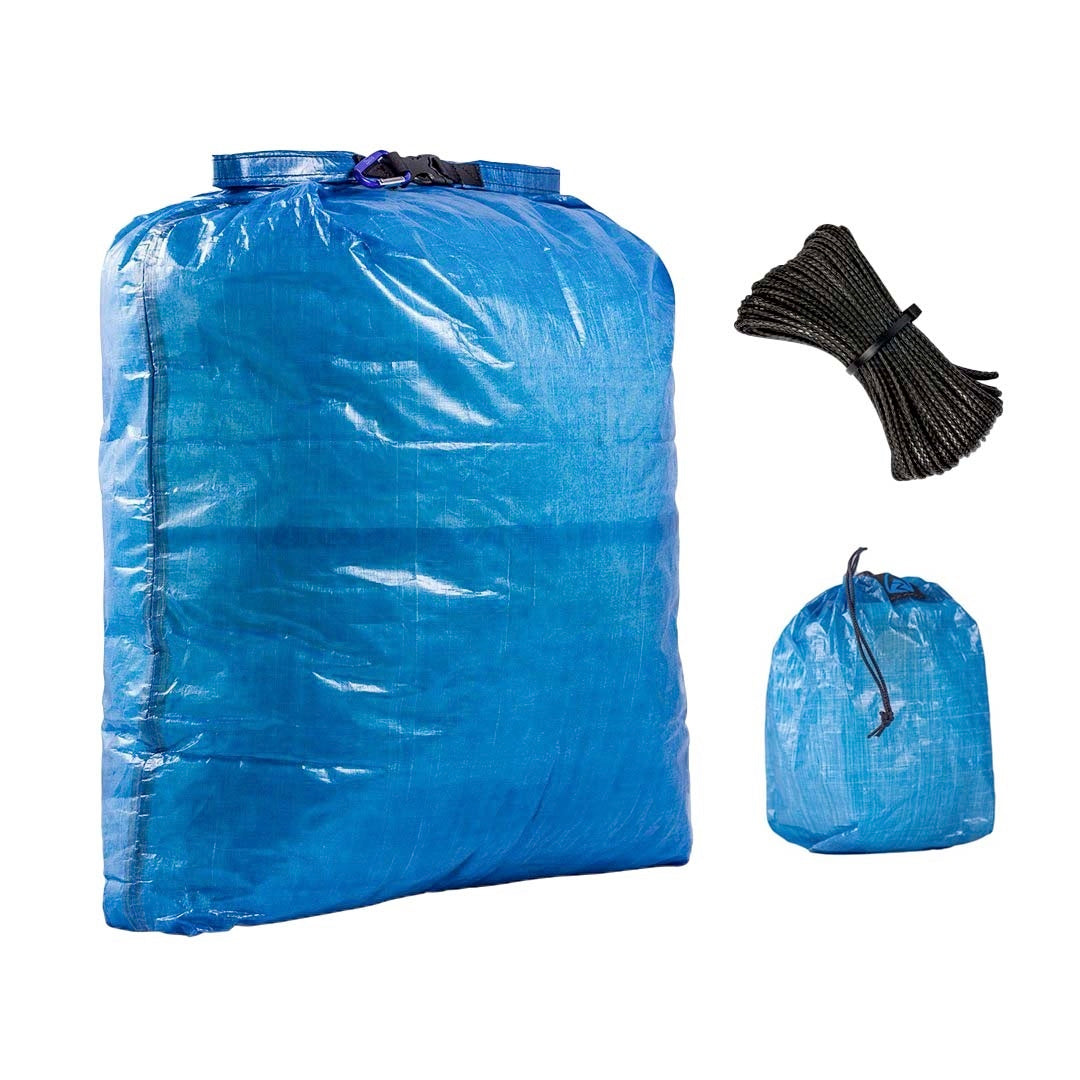
Choosing Your Trail Companion: Bear Bag Varieties for Every Hiker

Hikers have a variety of bear bag selections to choose from, each designed to protect food and scented items from wildlife. As you commence on your thru-hiking adventure, you'll discover an array of options that combine lightweight construction with durability.
For those seeking maximum protection from the elements, waterproof bear bags are your steadfast companions. These rugged guardians shield your food from rain and moisture, ensuring every morsel remains dry and ready for consumption.
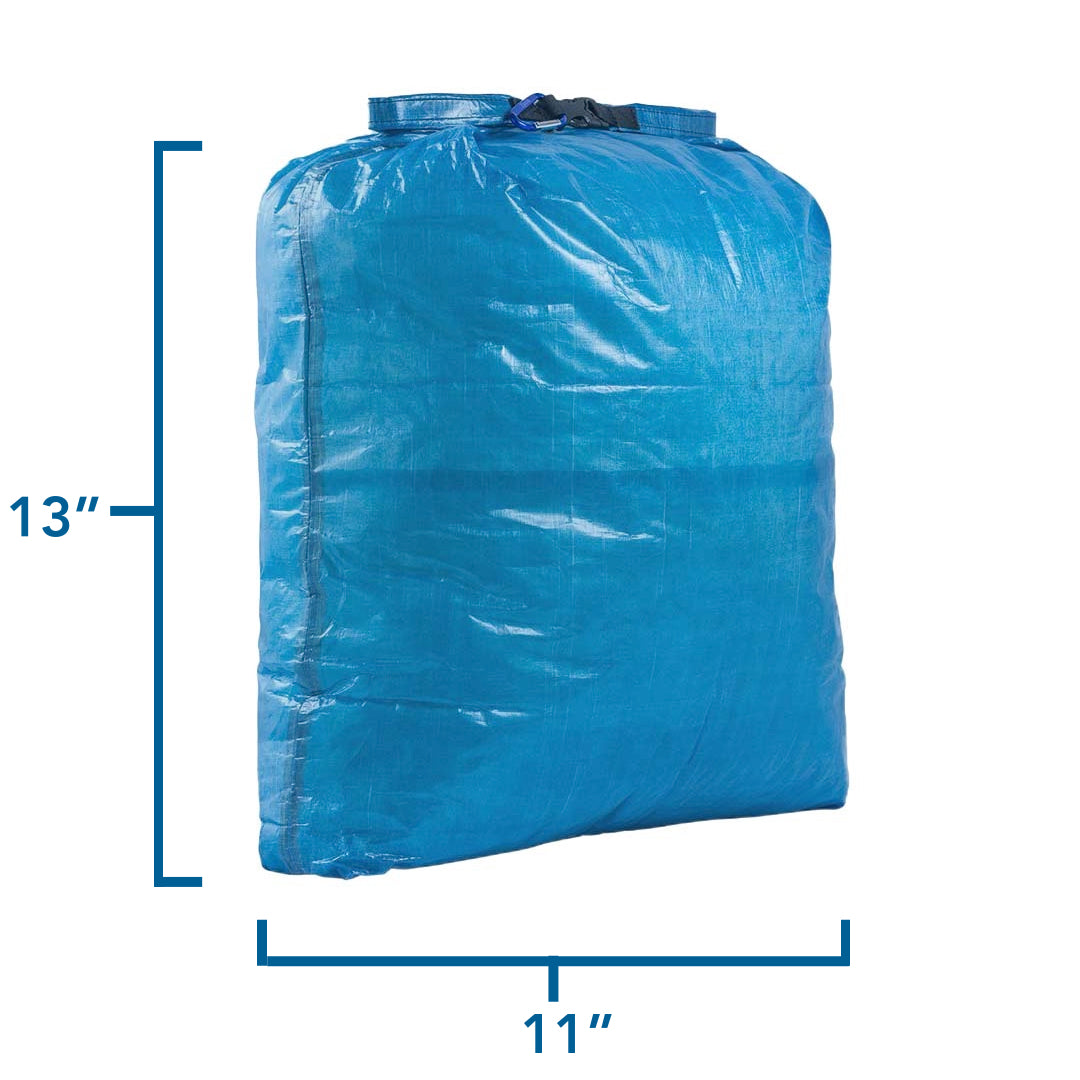
Some bear bags even incorporate scent-proof features, a game-changer in bear country. As you trek through dense forests and rugged terrain, you'll appreciate the soft-sided design of many bear bags, which conform to your pack's contours more easily than hard-sided canisters.
This flexibility allows you to maximize space and minimize weight, vital factors when every ounce counts on your epic journey through the wilderness.
Mastering the Hang: Bear Bag Techniques for Trail Safety

The art of hanging a bear bag is as essential as the bag itself. You're not just tossing it over a branch; you're crafting a fortress for your food in bear country.
You'll want your food protection dangling at least 10 feet off the ground and at least 4 feet from any tree trunk. But for the supreme hang, shoot for 12 feet high and 6 feet out. It's a delicate balance, one that might leave you breathless with anticipation. Will the bears outsmart you tonight?
And while bear canisters might seem easier, there's an undeniable thrill in mastering these hanging techniques. Recall, regular checks of your gear and choosing high-visibility materials can mean the difference between a peaceful night and a heart-pounding encounter.
Beyond the Bag: Exploring Food Storage Options for Thru-Hikers
While mastering the art of hanging bear bags can be rewarding, it's not always practical or permitted. That's where alternatives come in, offering you sturdy options for food storage in bear country.
Bear canisters, the go-to choice in many national parks, provide unparalleled protection against wildlife. These hard-sided containers are your fortress against curious paws, keeping your provisions secure as you sleep under starlit skies.
For areas with less intense bear activity, you might think about odor-proof bags. These scent-blocking wonders help mask the alluring aromas that tempt forest dwellers.
In regions where hanging food is still allowed, try the counterbalance method—a dance of ropes and carabiners that suspends your rations high above the forest floor.
Keep in mind, each alternative aligns with Leave No Trace principles, safeguarding both your food and the delicate balance of nature. As you explore diverse trails, from dense woods to alpine meadows, adapting your food storage strategy becomes an essential skill, ensuring that your presence leaves only footprints and your provisions remain yours alone.




